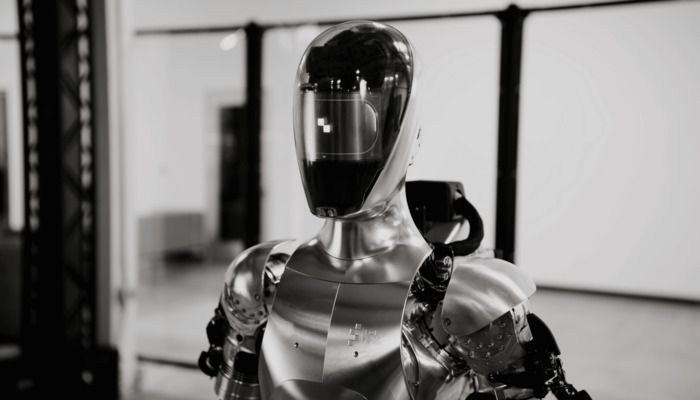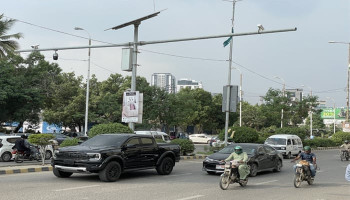
A newly established robotics startup Figure has announced the finalisation of a deal with BMW to deploy its humanoid robots at the vehicle manufacturer's Spartanburg facility, the only plant of BMW in South Carolina.
Built on a million-square-foot area, the contracted facility in 2019 produced the biggest number of units compared to all the production bases in the world.
The firm didn't disclose the number of its Figure 01 robots to be sent to BMW's Spartanburg facility and the jobs they will be entrusted with.
Read more: TSMC to inaugurate Japan chipmaking foundry on February 24
However, the humanoid robot manufacturing firm disclosed that the deployed robots will be assigned five different tasks that will be rolled out one at a time.
The industry experts have termed the tasks as "general purpose" tasks that will register enhancements in their capabilities over time.
Figure CEO Brett Adcock compares the strategy to an app store, similar to what Boston Dynamics currently provides with its Spot robot through SDK.
Probable early uses may involve typical manufacturing activities like moving boxes, picking and placing items, and unloading and loading pallets — essentially the kinds of repetitive tasks that factory owners struggle to keep human workers for.
The CEO noted that the company plans to deliver its first commercial robot within a year, a challenging timeline even for a company known for fast turnaround times.
Adcock mentions that the company has secured new clients, but has chosen not to reveal their identities. Unlike some other humanoid designers such as Agility, Figure is concentrating on developing a nimble, human-like hand for manipulation.
The reason behind creating such an end effector aligns with the motivation driving many towards the humanoid form factor. Adcock hinted that Figure 01 has been assigned an initial set of tasks that demand high dexterity.
Regarding the significance of legs, the executive implies that their importance for manoeuvring during specific tasks is as crucial as activities like climbing stairs and navigating uneven terrain, which typically receive the most attention in these discussions.
















